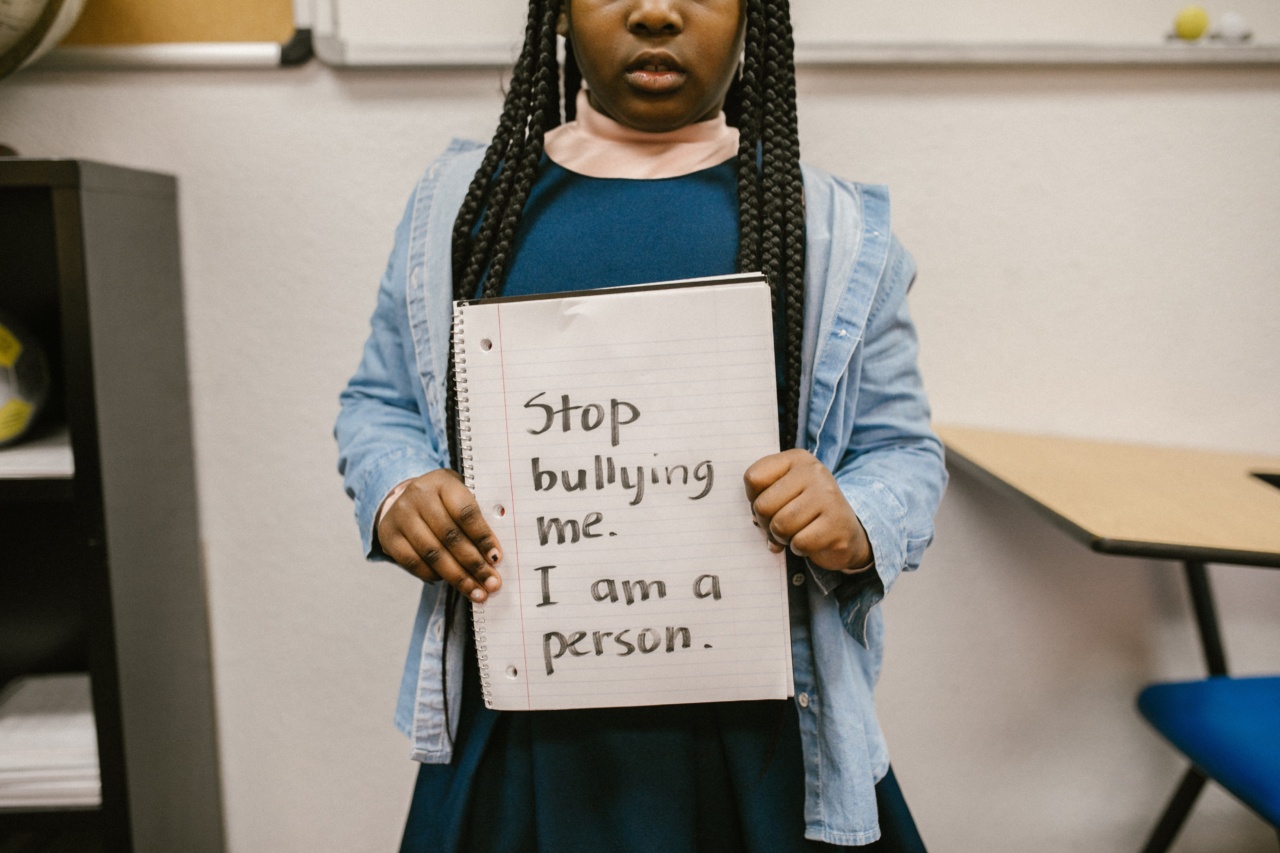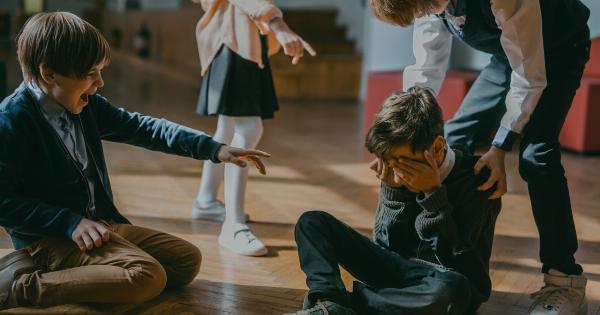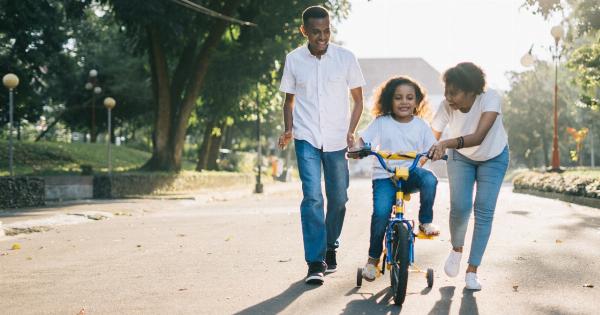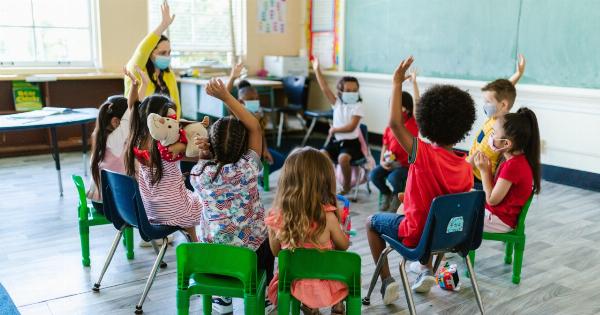Sexual harassment against children is a serious concern that needs to be addressed urgently. According to a report by UNICEF, one in every four girls and one in every ten boys experience sexual abuse or violence before the age of 18.
It is, therefore, essential to have measures in place to protect children against the psychological and emotional trauma that comes with being sexually harassed.
What is Sexual Harassment Against Children?
Sexual harassment against children is the use of force or coercion to engage a child in sexual activity. It includes sexual assault, rape, and sexual abuse.
Sexual harassment can occur with or without physical contact, and it can happen to children of any age and gender. It can happen in various settings, including at home, school, playgrounds, and on the internet.
Why is it Important to Prevent Sexual Harassment Against Children?
Preventing sexual harassment against children is important because it affects the well-being of children and their future.
Children who are sexually harassed suffer from emotional and psychological trauma, which can lead to long-lasting negative effects such as depression, anxiety, and suicidal thoughts. Sexual harassment can also affect the child’s physical development and lead to sexually transmitted infections and unwanted pregnancies.
How to Prevent Sexual Harassment Against Children
1. Educate Children about Sexual Harassment
Educating children about sexual harassment is essential to prevent it. Children should learn about boundaries and how to say “no” to unwanted advances.
Teach children the difference between safe and unsafe touch, and encourage them to speak up if they feel uncomfortable with someone’s actions.
2. Monitor Internet Usage
The internet has become a platform for sexual predators to prey on children. Parents and guardians should monitor the children’s internet usage and install age-appropriate software that blocks access to inappropriate websites.
3. Encourage Children to Talk to Trusted Adults
Encourage children to talk to a trusted adult if they feel uncomfortable or scared. It could be a parent, teacher, or any other trusted authority figure. Let them know that they can speak up without fear of retaliation.
4. Create Safe Spaces for Children
Create safe spaces for children where they can learn, play, and interact with others without fear of harassment. Schools and other institutions should establish policies and procedures to prevent and deal with sexual harassment.
5. Hold Perpetrators Accountable
Hold perpetrators of sexual harassment accountable for their actions. This includes reporting incidents to the authorities and ensuring that they face legal consequences for their actions.
Let children know that sexual harassment is not acceptable, and perpetrators will be held liable for their actions.
The Role of Parents and Guardians
Parents and guardians have a significant role to play in preventing sexual harassment against their children. They can:.
1. Build Trust
Building trust with their children allows parents and guardians to create an environment where the child feels comfortable speaking openly about their experiences. This allows them to identify and address any incidents of sexual harassment quickly.
2. Teach Children Self-Defense Skills
Parents and guardians can teach their children self-defense skills to protect themselves in case of any physical attacks. These skills can help the child feel more confident and empowered.
3. Be Vigilant
Parents and guardians should be vigilant and look out for any signs of sexual harassment in their children. These signs could include changes in behavior, eating disorders, and nightmares.
The Role of Institutions
Schools, community centers, religious institutions, and other establishments that interact with children must take steps to prevent sexual harassment against them. They can:.
1. Establish Clear Policies and Procedures
Establish clear policies and procedures to prevent sexual harassment against children. These policies should outline the steps that should be taken in case of any sexual harassment incidences.
2. Train Staff Members
Train staff members on how to prevent and handle sexual harassment incidences. Staff members should be able to recognize the signs of sexual harassment and know how to report such incidents.
3. Provide Support to Victims
Provide support to victims of sexual harassment, including counseling, medical attention, and legal support. Support should be in place for both victims and their families.
Conclusion
Preventing sexual harassment against children is essential to safeguard their well-being and protect them from the negative effects that come with it.
Parents, schools, and other institutions that interact with children have a significant role to play in creating safe environments, educating children, and holding perpetrators accountable.
























